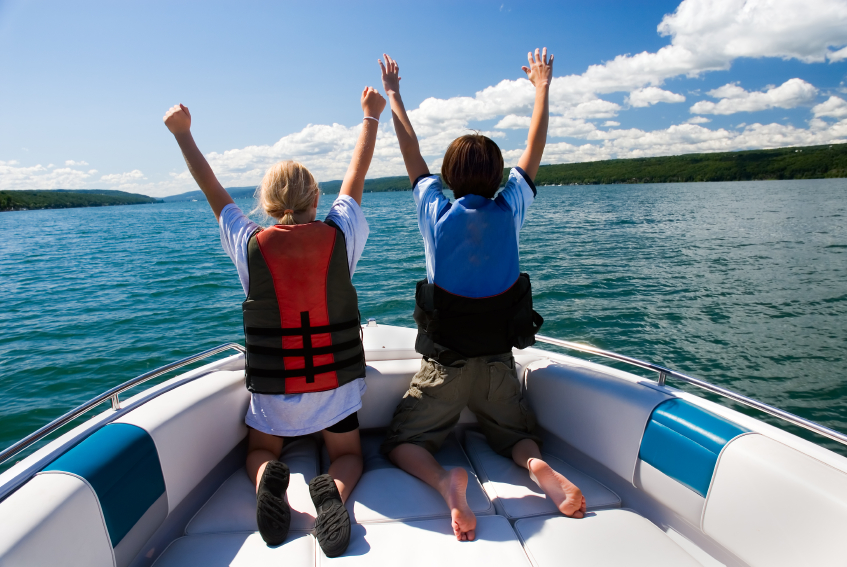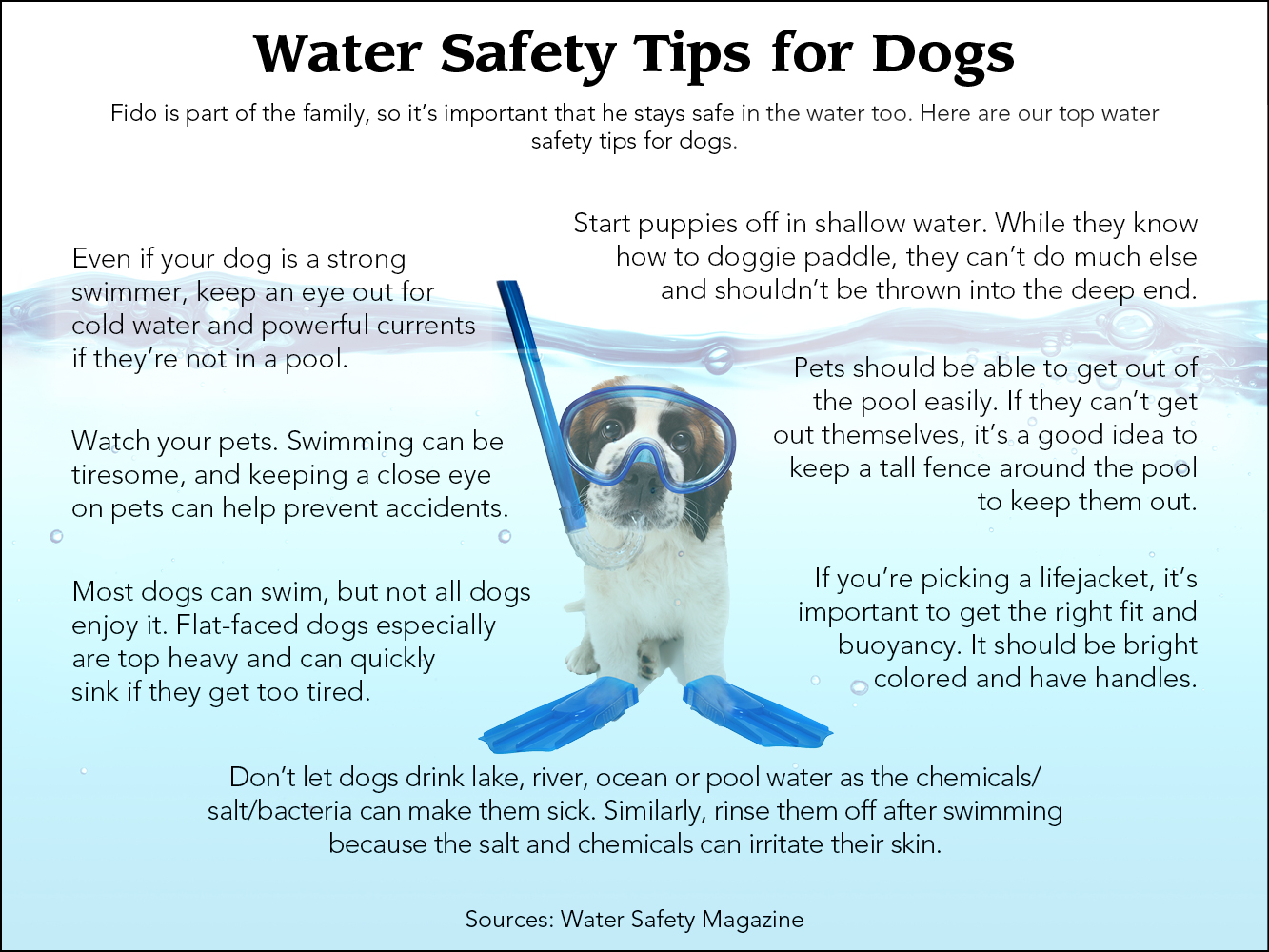Think back to last summer. Did you dive off the high dive at the pool? Did your kids beg to go water skiing on the lake? Maybe one of your friends joined a swim team. Most likely, you and your family engaged in at least one water-related activity. After all, they’re an inexpensive and healthy way to have fun and bond as a family. Summer is a time when water sports and interests are at an all-time high, which means there are more chances for accidents to happen.

This is why May is National Water Safety Month! With the increasing popularity of these activities comes the need for ongoing education on safer water practices. We’ve compiled a list of some best practices when it comes to water safety.
In general
1) Take swim lessons: While no one is “drown proof,” you can help minimize someone’s risk by making sure everyone in your family has taken age appropriate swim lessons. Swimming is a skill, so keep in mind that someone isn’t going to learn to do it adequately in one lesson, or even one season. Know everyone’s abilities and the level of supervision they require before heading to the water.
2) Swim with a buddy: This is especially important for children. It’s always a good idea to swim with a partner, whether you’re in a pool, lake or the ocean. Don’t confuse this for putting one child in charge of another child’s safety though. There should still be adult supervision. Also, team children to ask permission before going in the water.
3) No alcohol or drugs: There should always be a sober adult either in the water or nearby to supervise in case something should go wrong.
In pools
1) Don’t dive in shallow areas: Usually these areas are marked off with a no diving sign, but if you’re somewhere such as a home pool, make sure kids know the rules. Safe diving should be kept to areas that are marked as nine feet or deeper and have no obstacles underwater.
2) Install safety barriers and equipment: If you own a pool, make sure to use a pool cover or utilize a fence or other barrier around the pool to keep children from going in when you’re not around. you should also keep reaching or throwing equipment (life-preserver with a secure rope attached) as well as a first aid kit nearby in case an accident happens.
3) Listen to lifeguards: If you’re swimming in a public pool, listen to the lifeguards and teach your children to as well. On the other hand, just because a lifeguard is there doesn’t mean your child can go unsupervised. They have a lot to look out for, so a responsible adult should still be near your child.

In natural bodies of water
1) Plan ahead: Know if the area you are in has hazardous currents, if the water is going to be freezing or there is lots of debris on the bottom of the water. Watch for signs of severe or sudden weather chances while you’re there as well.
If you’re going boating, whether it’s on a kayak or a luxury yacht, you should prepare a float plan. This covers important information such as your itinerary, the type and appearance of your vessel and personal information of those on board. You can fill out this Coast Guard provided form to make sure you’ve hit all the important points. Then, hand it over to a reliable person who would be able to alert and give the form to a rescue agency should you not return or check in as planned.
2) Wear life jackets: If you’re going to be around rough waters for activities like boating or rafting, wear a life jacket even if you don’t plan on swimming. Even strong swimmers can easily be overpowered by currents. If anyone falls out, make sure they know to get onto their back with their feet pointing downstream as quickly as possible. Never go into the water after someone in trouble, but rescue them from the boat or shore and then get help (this is why you need reaching or throwing equipment).
3) Use designated areas: If you’re somewhere like an ocean or large lake, swim only in the areas that are marked with buoys or ropes. The water may look deceptively calm past these barriers, but they’re there for a reason. Sudden drop-offs or currents could easily catch people by surprise, putting them in greater danger than expected.
Use common sense
Water related activities are a great way to cool off and have fun in the summer for not very much money. Follow these tips and use common sense to help keep everyone safe. And when there are children involved… always supervise.
National Water Safety month is a program sponsored by the US Army Corps of Engineers. We’ve partnered with local Corps members to promote water safety during the month of May because we’ve got locations near many bodies of water that are commonly used for summer water activities. For more water safety tips, visit the US Army Corps of Engineers website or their Water Safety Tips page.
If you’d like to be entered into a giveaway* drawing to win a weekend stay or shelter reservation at a US Army Corps of Engineers campground at Milford Lake, visit one of our Junction City of Manhattan locations for details!
*No purchase necessary to enter or win. Excludes holiday weekends and subject to availability. Reservations will be coordinated through the US Army Corps of Engineers office at Milford Lake.
